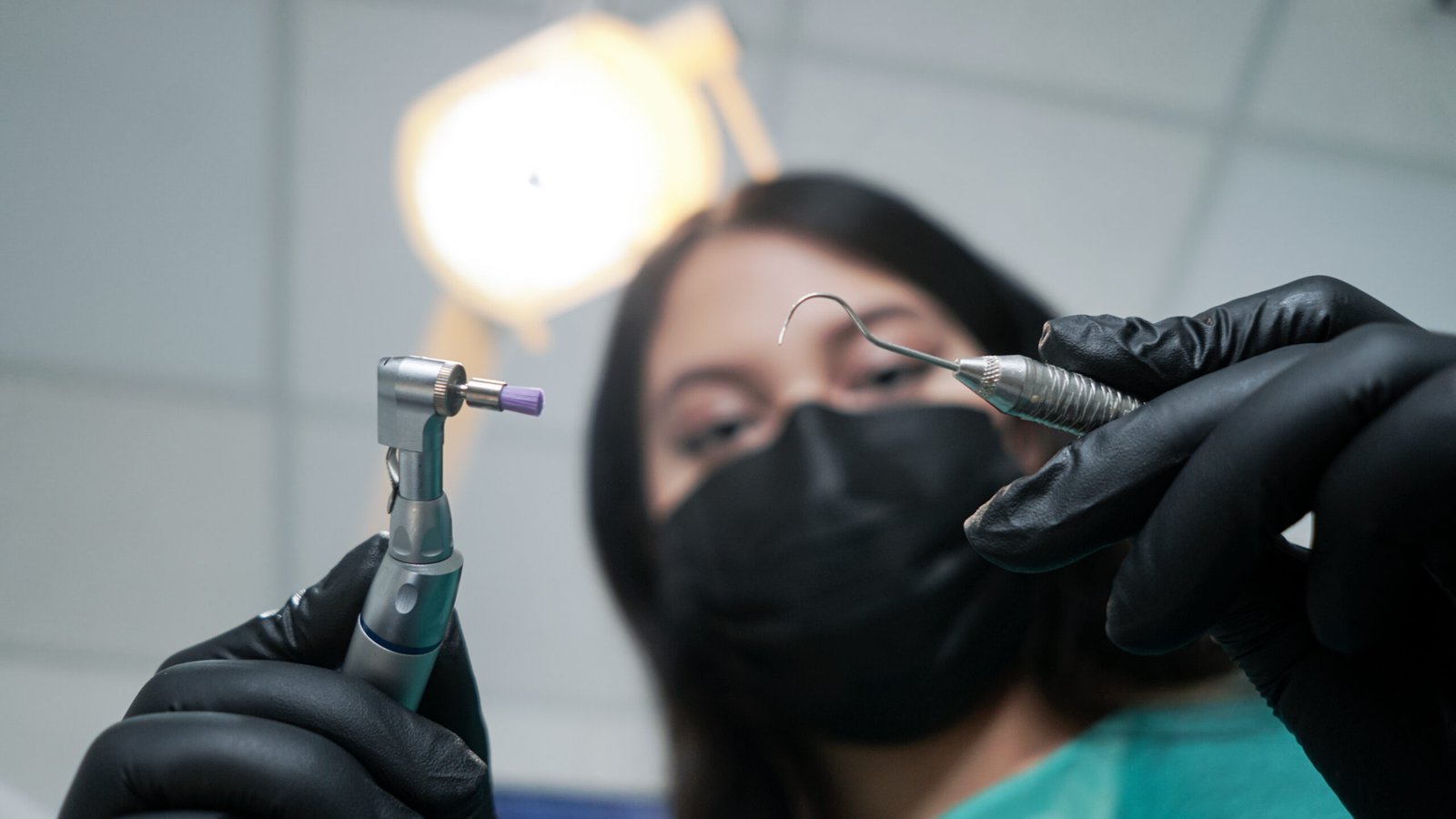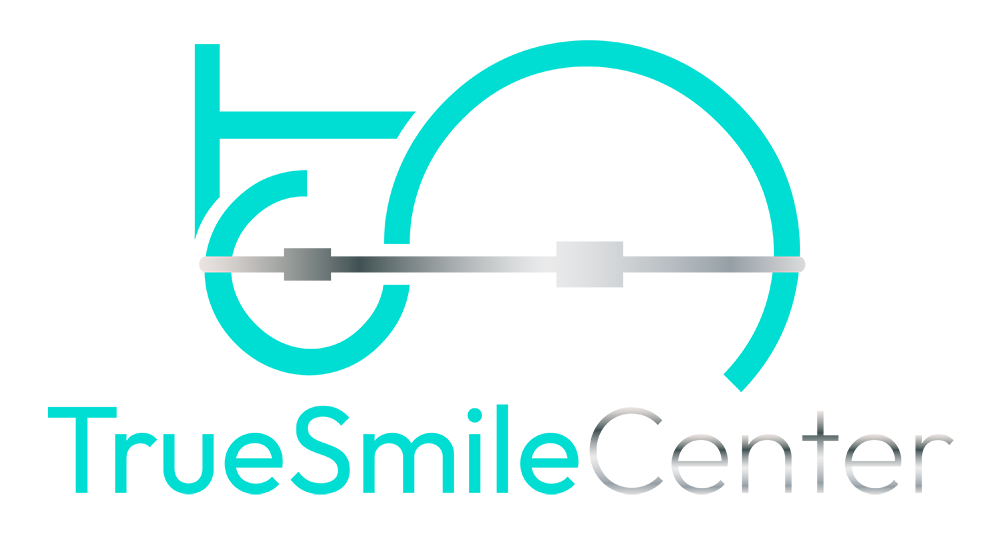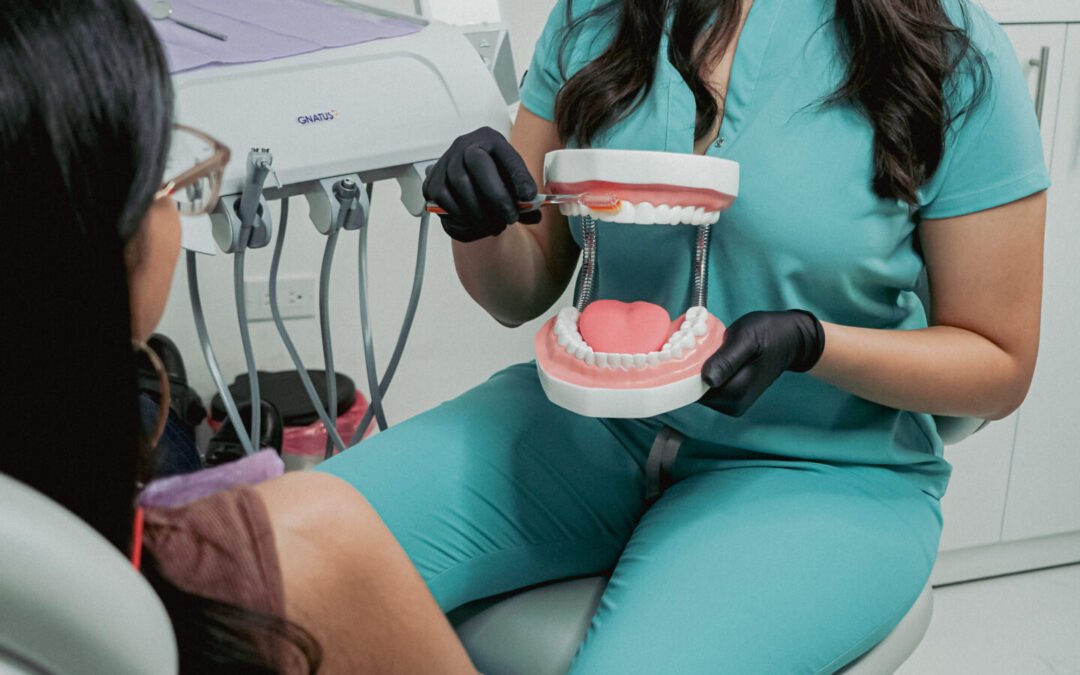You may have good oral hygiene habits, brush your teeth 3 times a day, floss and even use mouthwash, and even avoid foods with many dyes or foods that may have a high cariogenic percentage (such as sugars).
But the best way to properly maintain and care for your oral health is to have a professional dental cleaning every so often so that you have the advantage of being able to diagnose any entity or disease that may be appearing early.
How to perform a dental cleaning – we explain the TRUE SMILE METHOD
- Evaluation and clinical analysis
We begin by performing an intra- and extraoral examination, we observe your facial structure and its symmetry to rule out odontogenic or maxillofacial pathologies that have implications for your face.
Then we go intraorally in which we inspect the oral mucosa, evaluate the permeability of your salivary glands, inspect and percussion your teeth to rule out cavities or inflammation of the dental pulp.
- Cleaning or elimination of the tartar and plate oentobacterial
In this phase we use a device that we usually call “ultrasound” that works based on air pressure and helps us eliminate tartar and dental plaque adhered to your teeth.
Sometimes this phase of prophylaxis could be a little bothersome for people who have exposed dental necks, since this part of your tooth is not covered by enamel.


- Interproximal or Interdental Cleaning
Once the dental tartar has been removed, we proceed to clean the interproximal side of your teeth, which is the one between tooth and tooth. We do this with floss or dental floss and with interdental brushes since these help us reach places that we cannot reach. with ultrasound.
- Elimination of Extrinsic (Superficial) Pigmentations
During the entire process, our doctors evaluate the coronal surface of each tooth after the step-by-step prophylaxis to observe possible stains or brown discolorations that are eliminated with a special paste and brush for this purpose.
- Dental Polishing
In this part of the dental cleaning, everything previously done is perfected, each tooth is polished, helping to give a surface free of extrinsic pigmentation.
- Mucous Conditioning Gel
As a last step, we place a gel that will help us condition and refresh your gums and eliminate possible discomfort caused during dental scaling and polishing.
As you may have noticed, our dental cleaning protocol is quite complete, it could take between 40 - 60 minutes, ideally you should perform a dental cleaning every 6 months but this time could vary depending on the clinical case or the needs of each patient.

